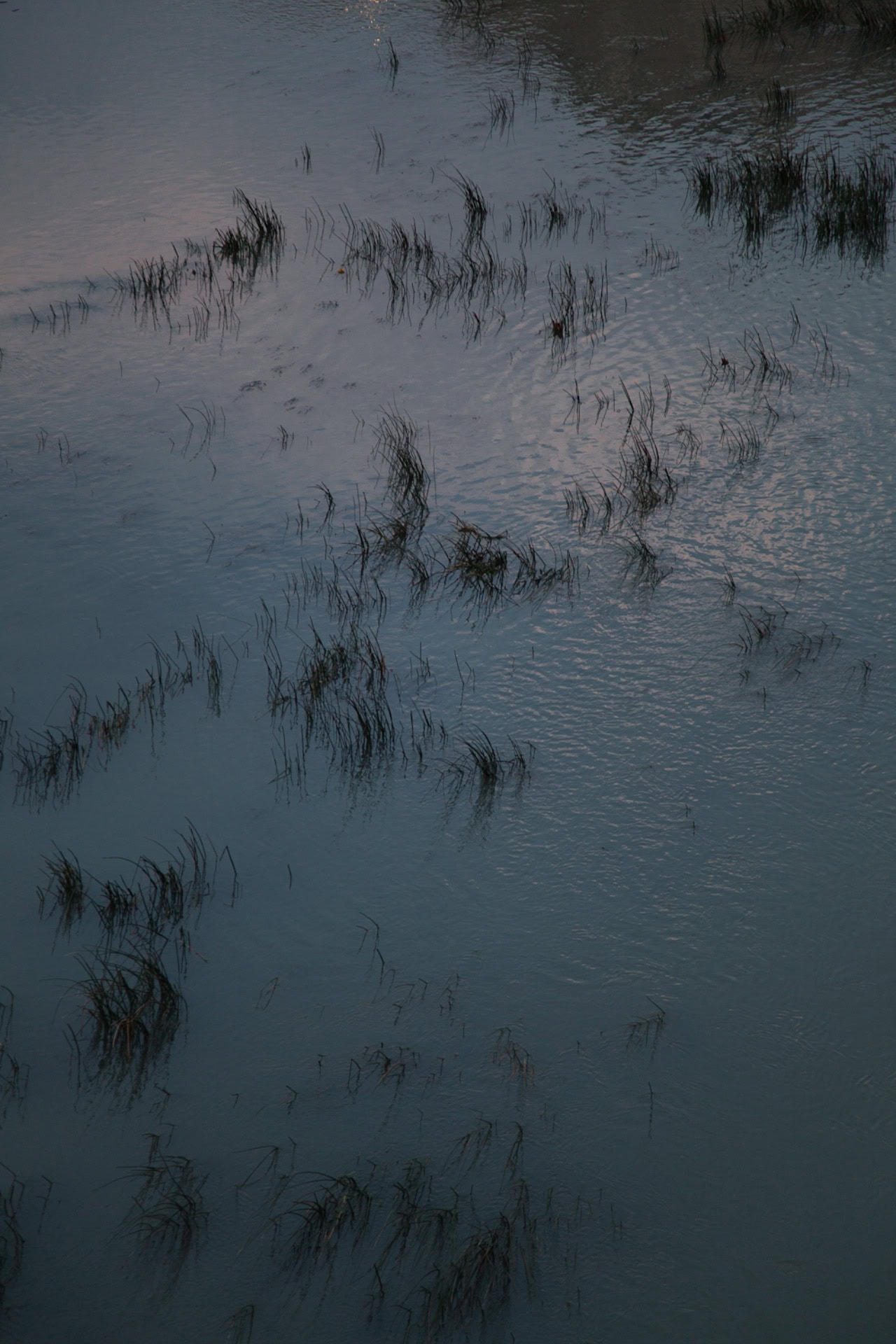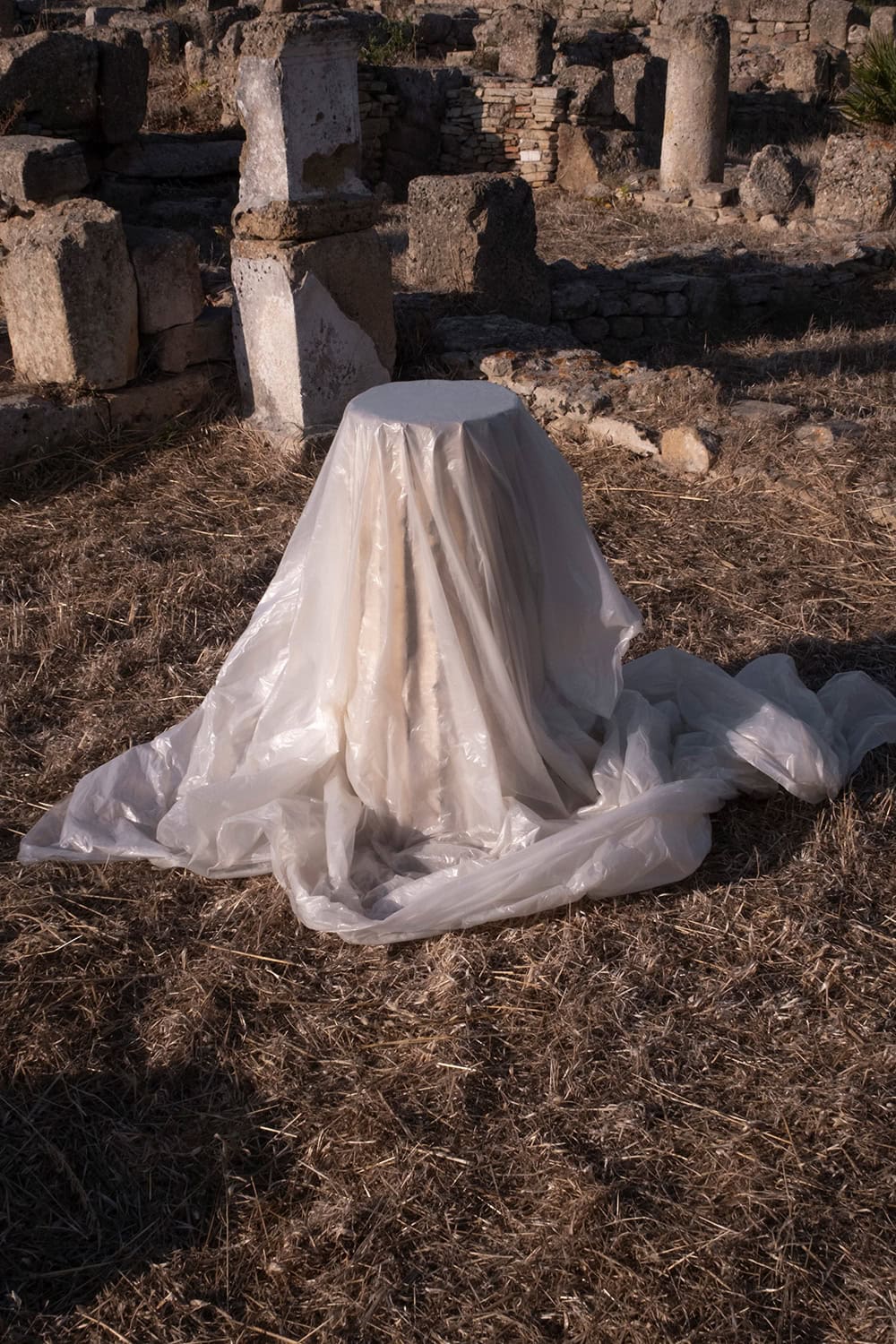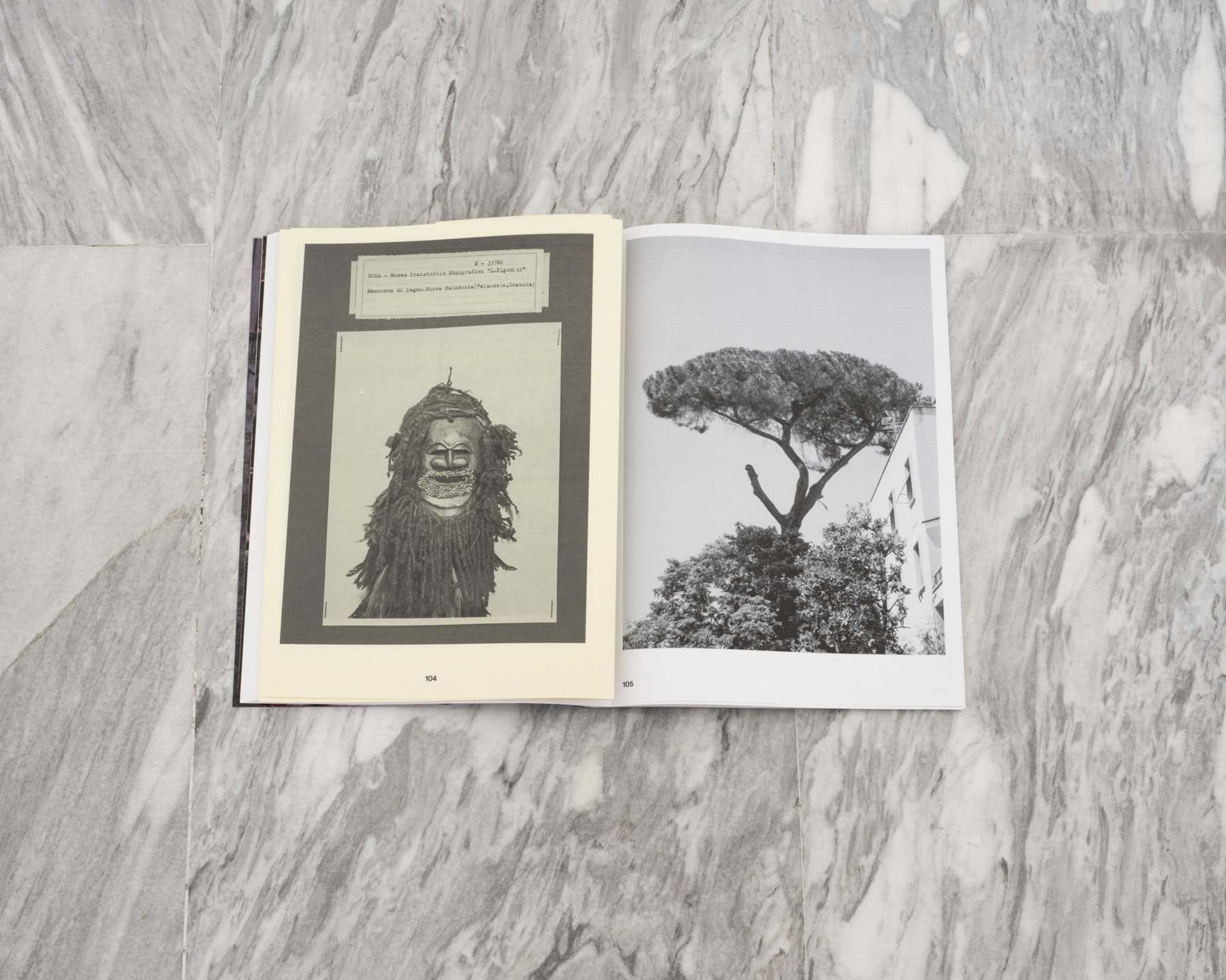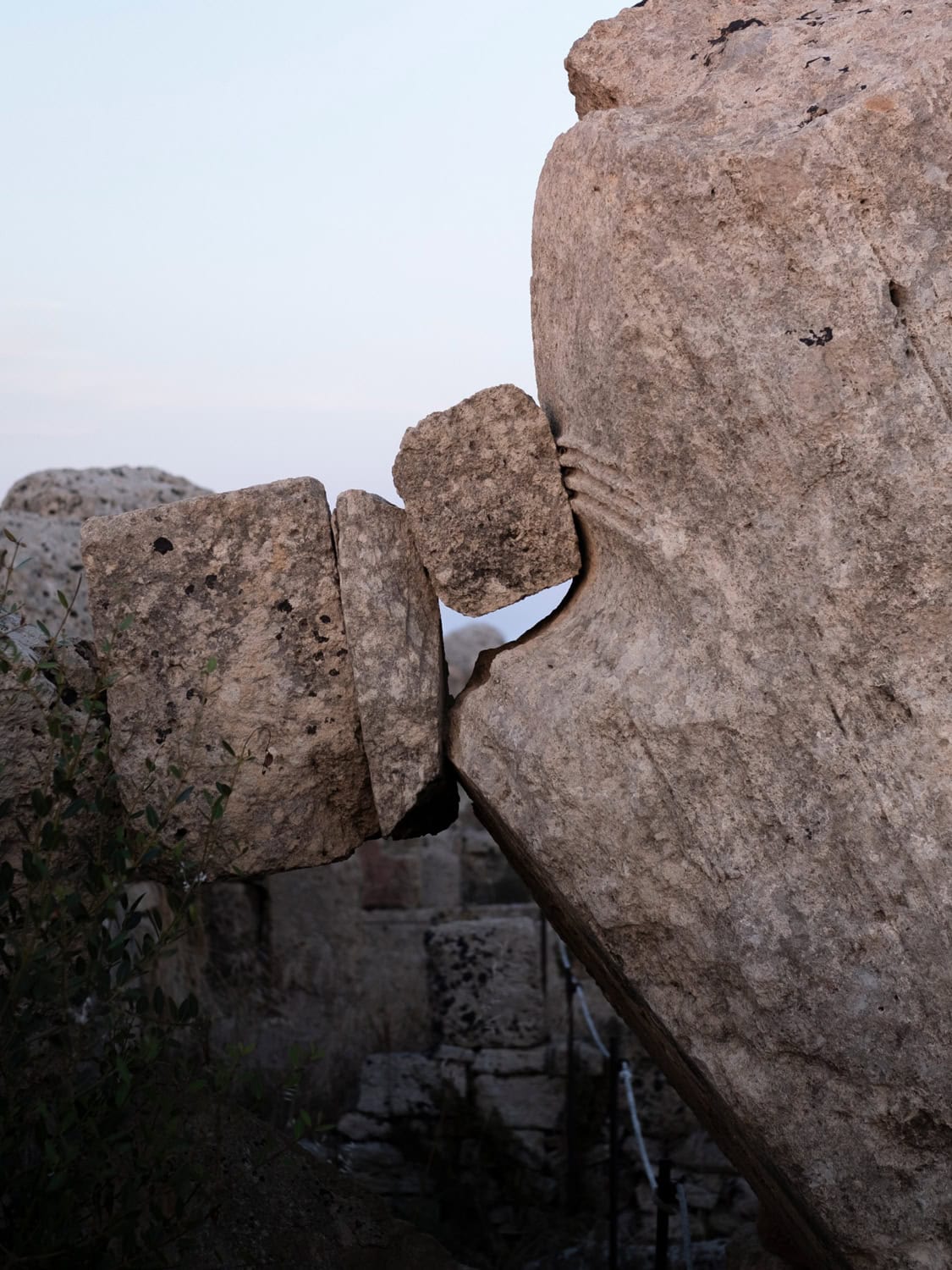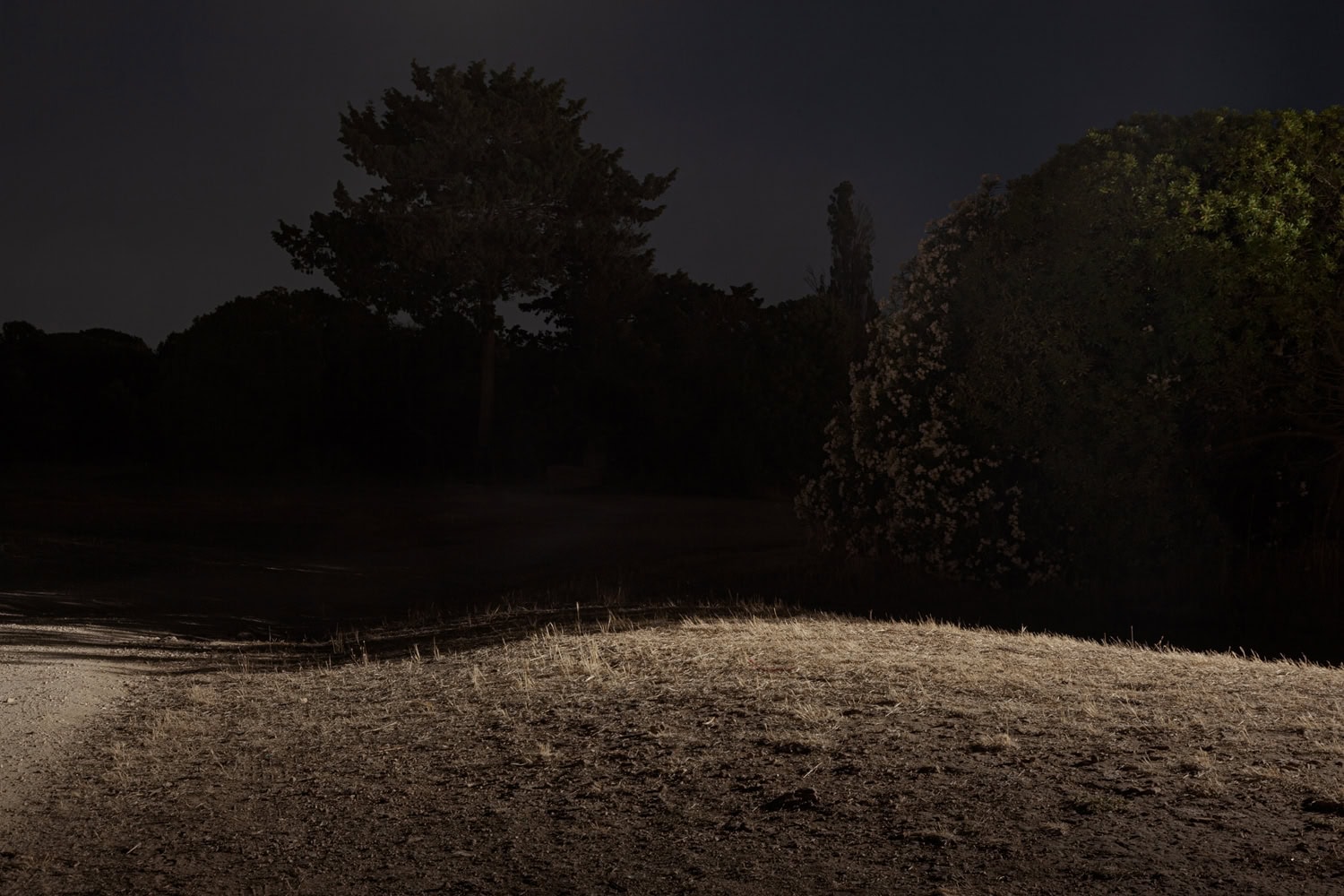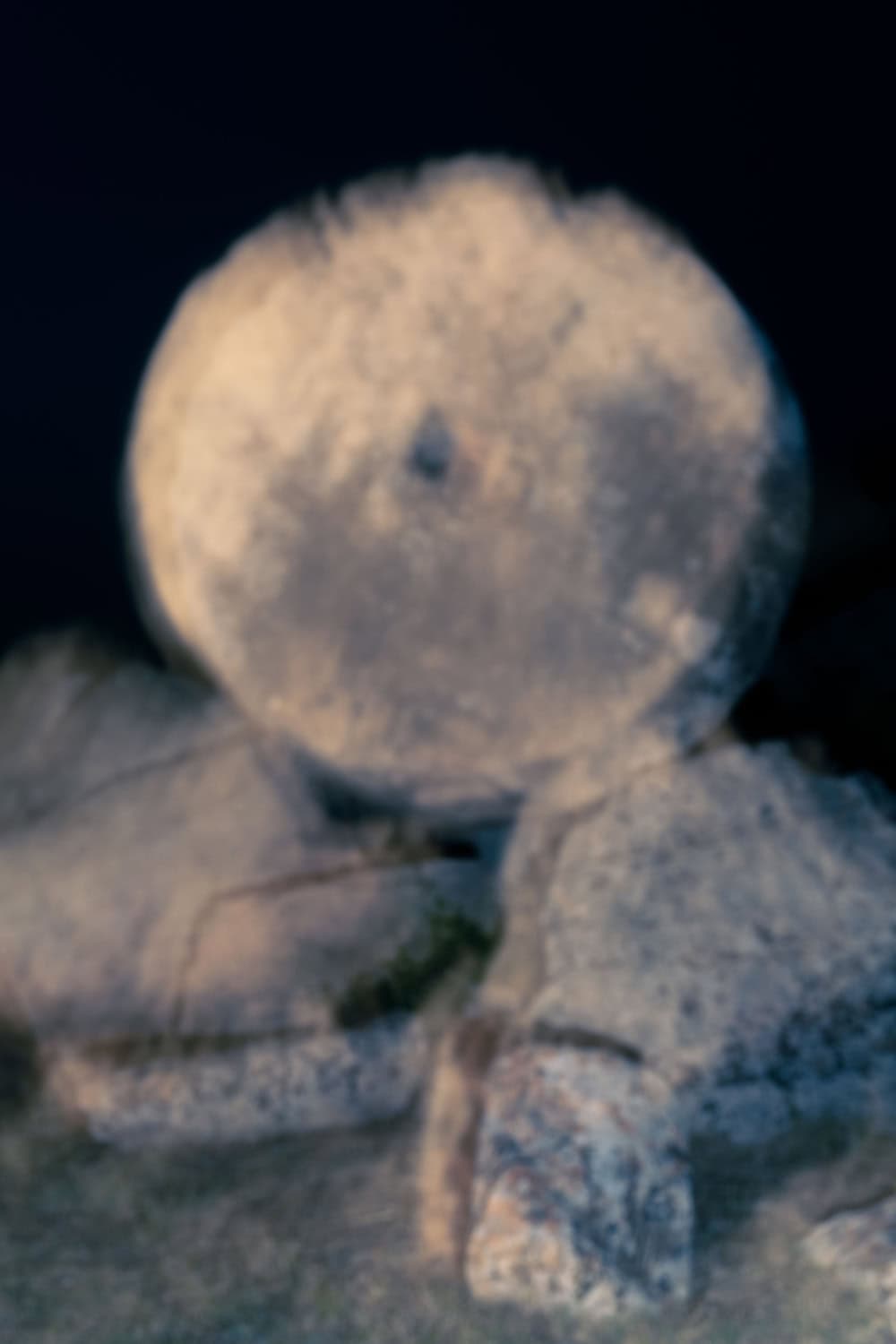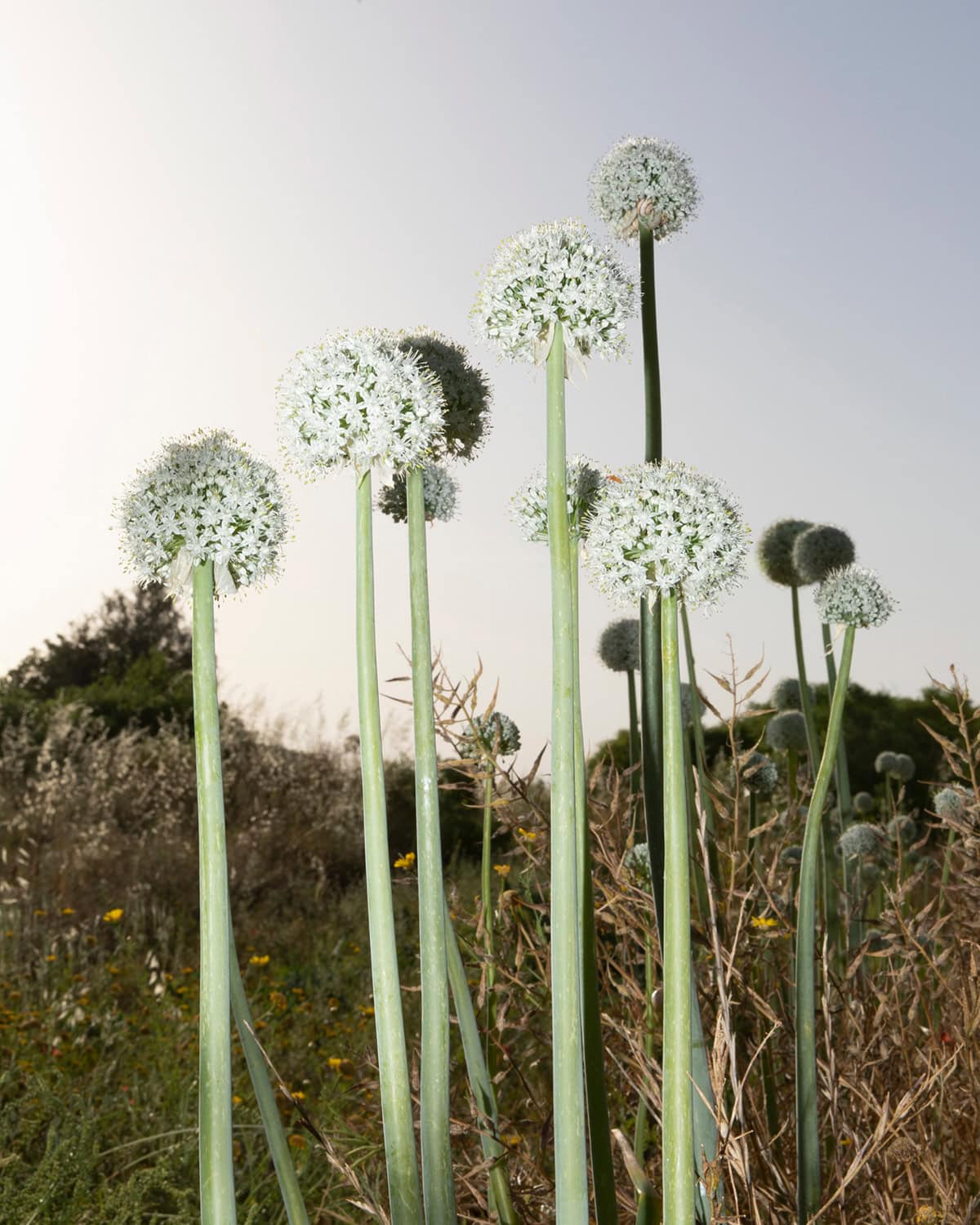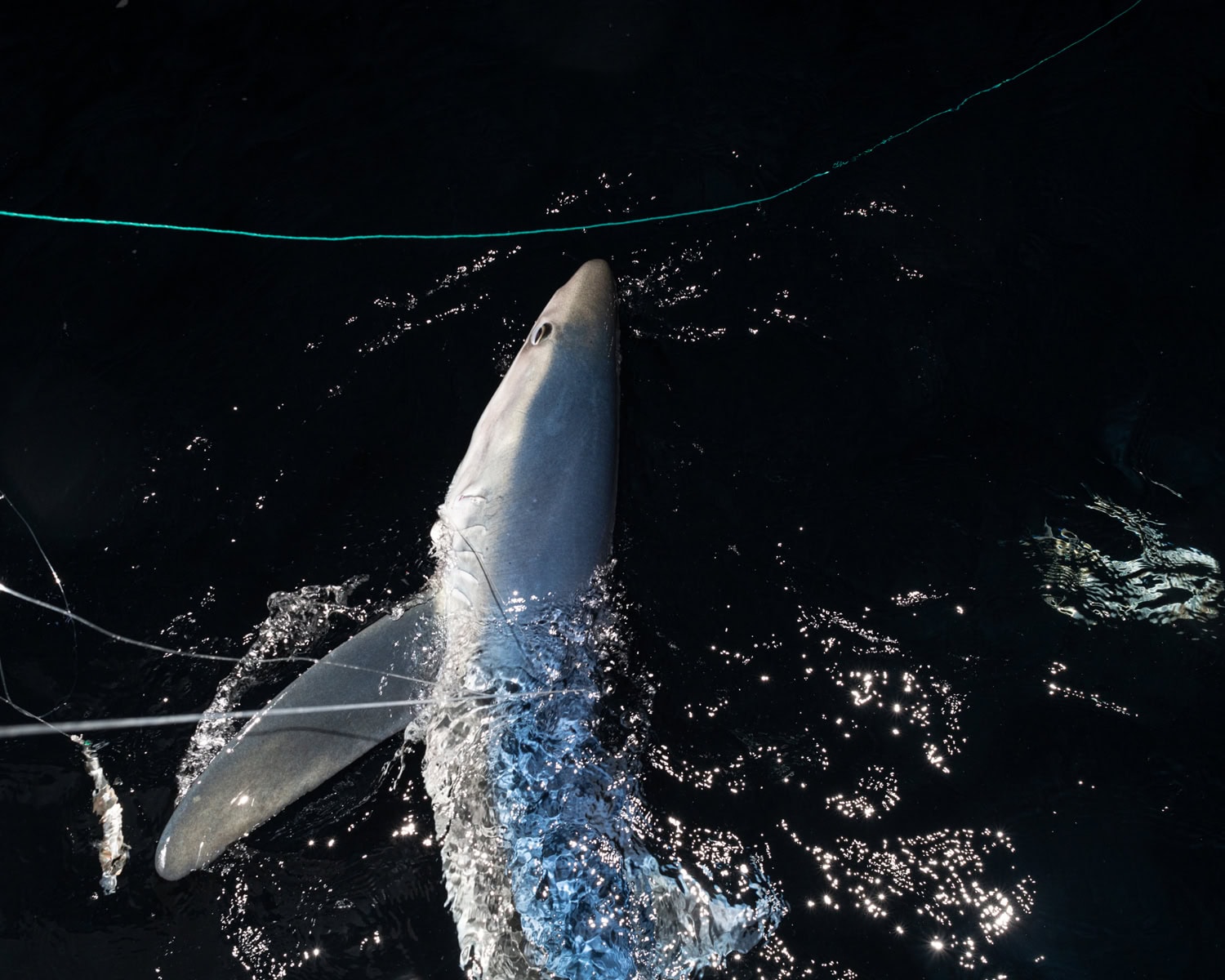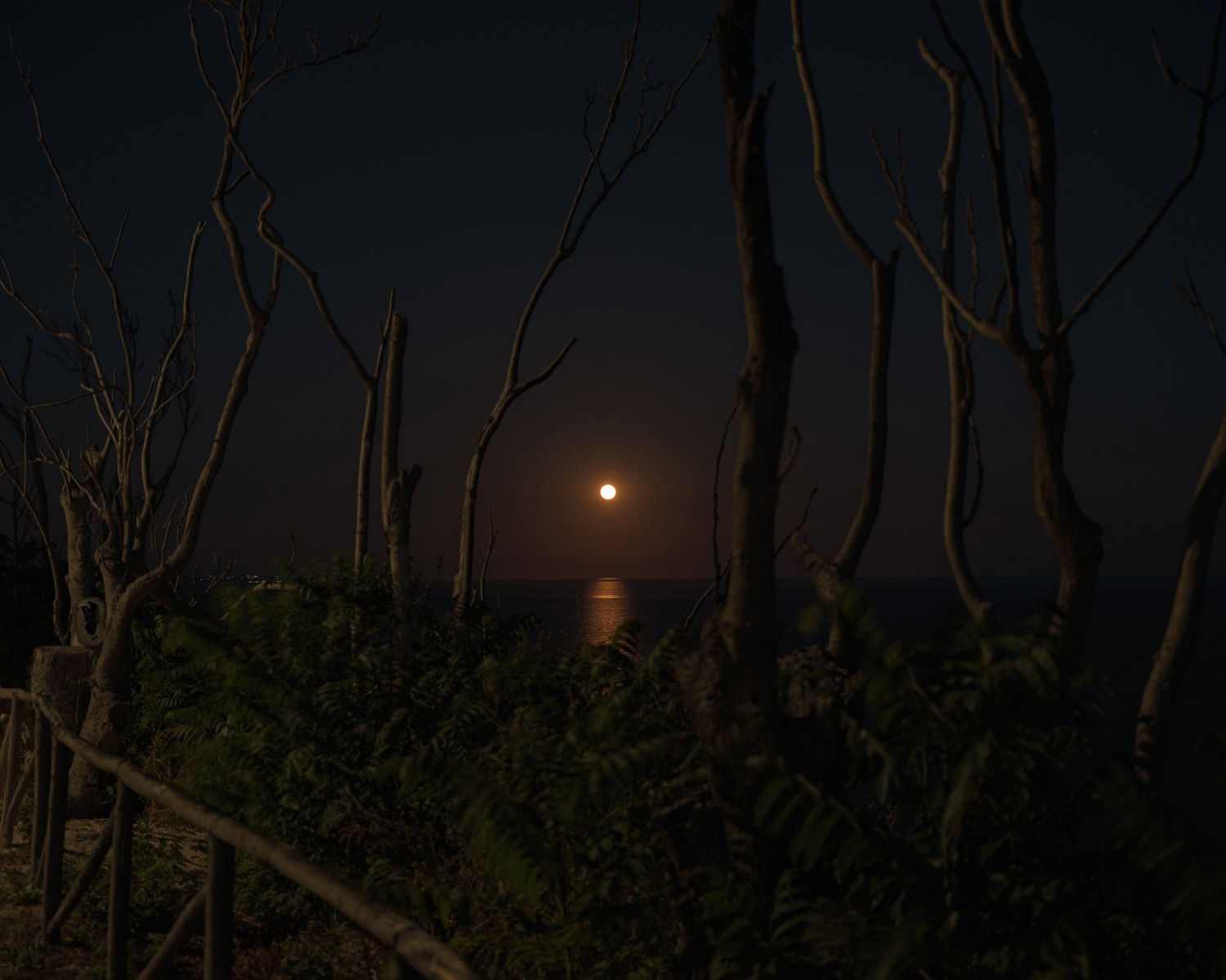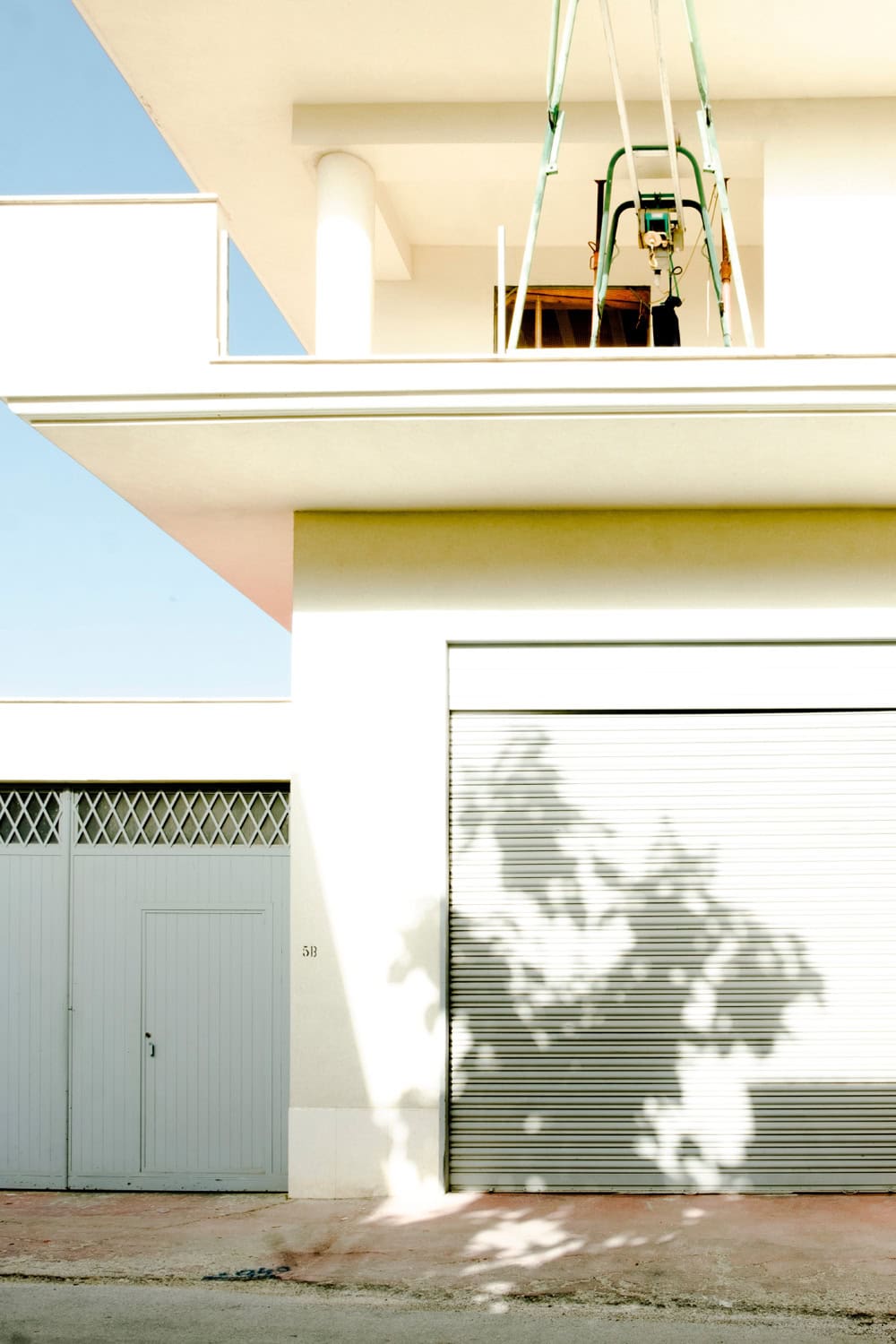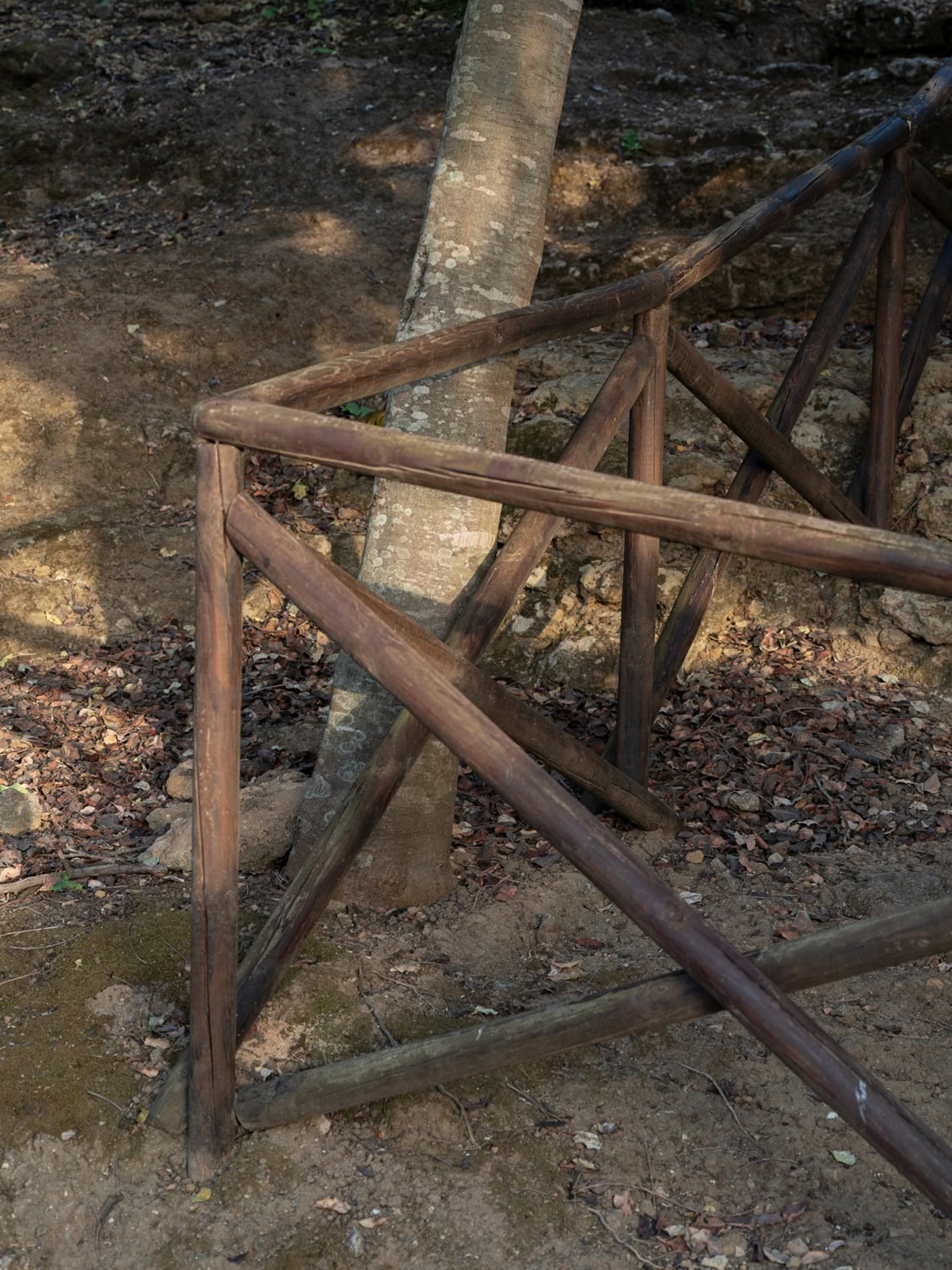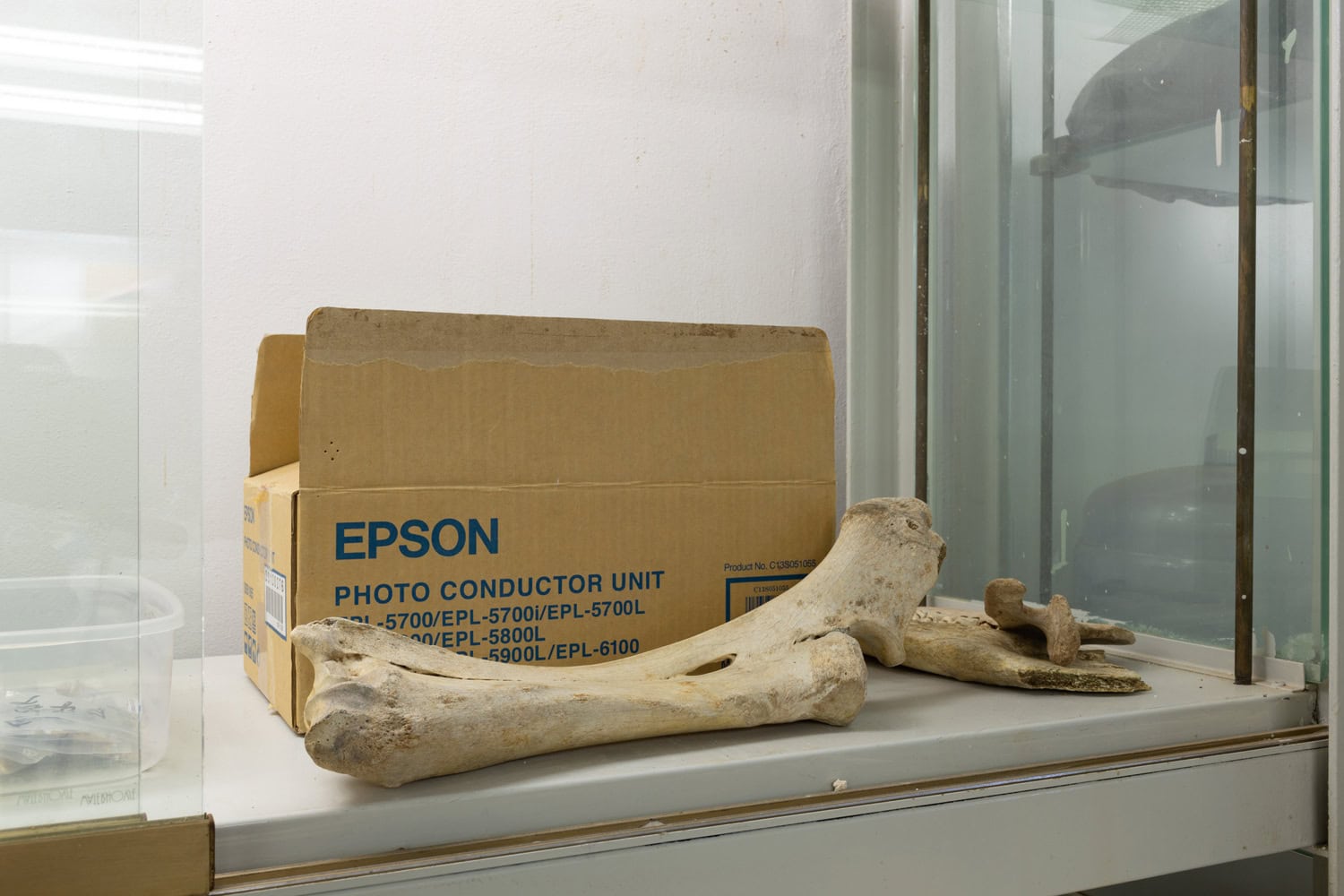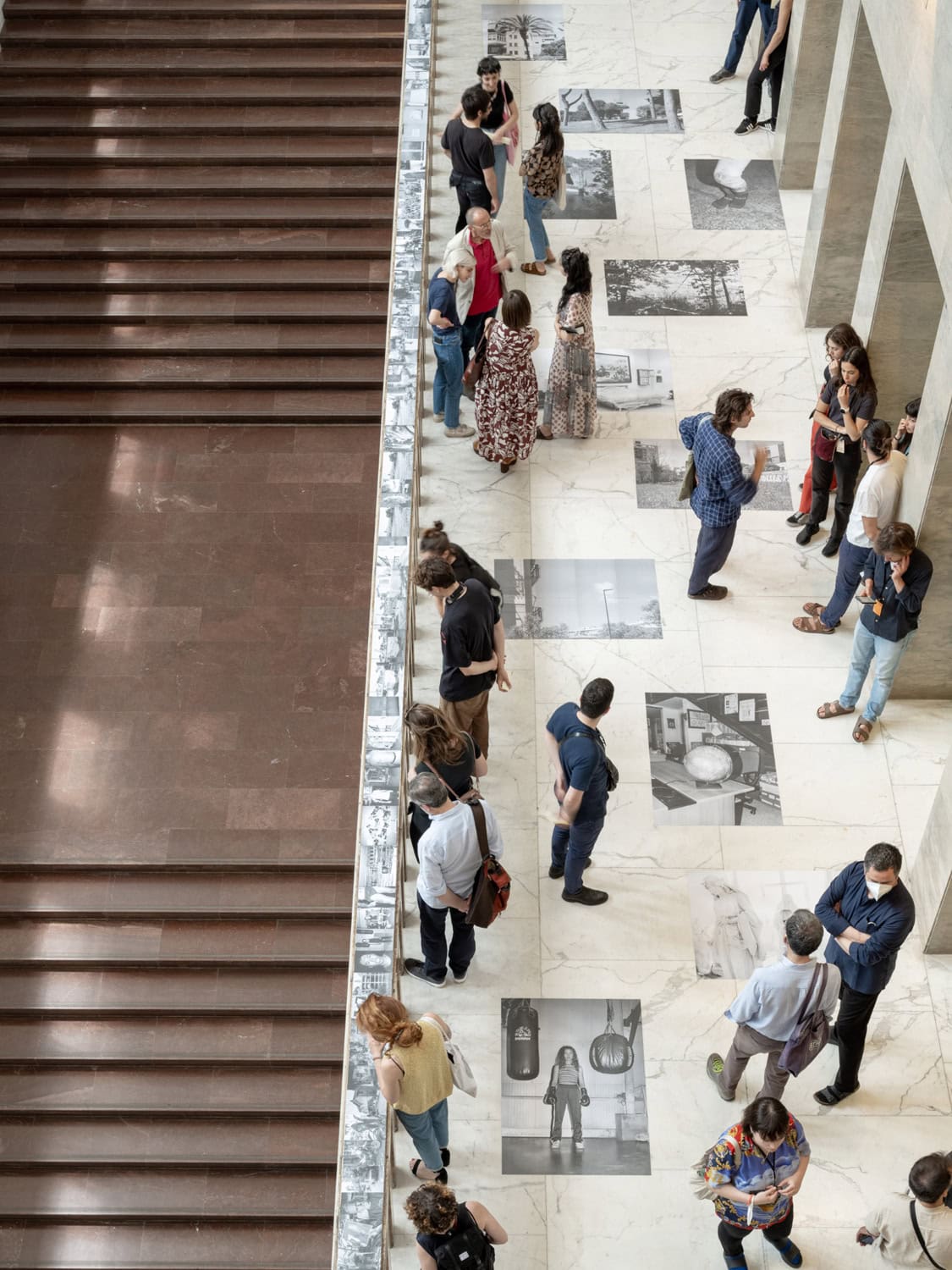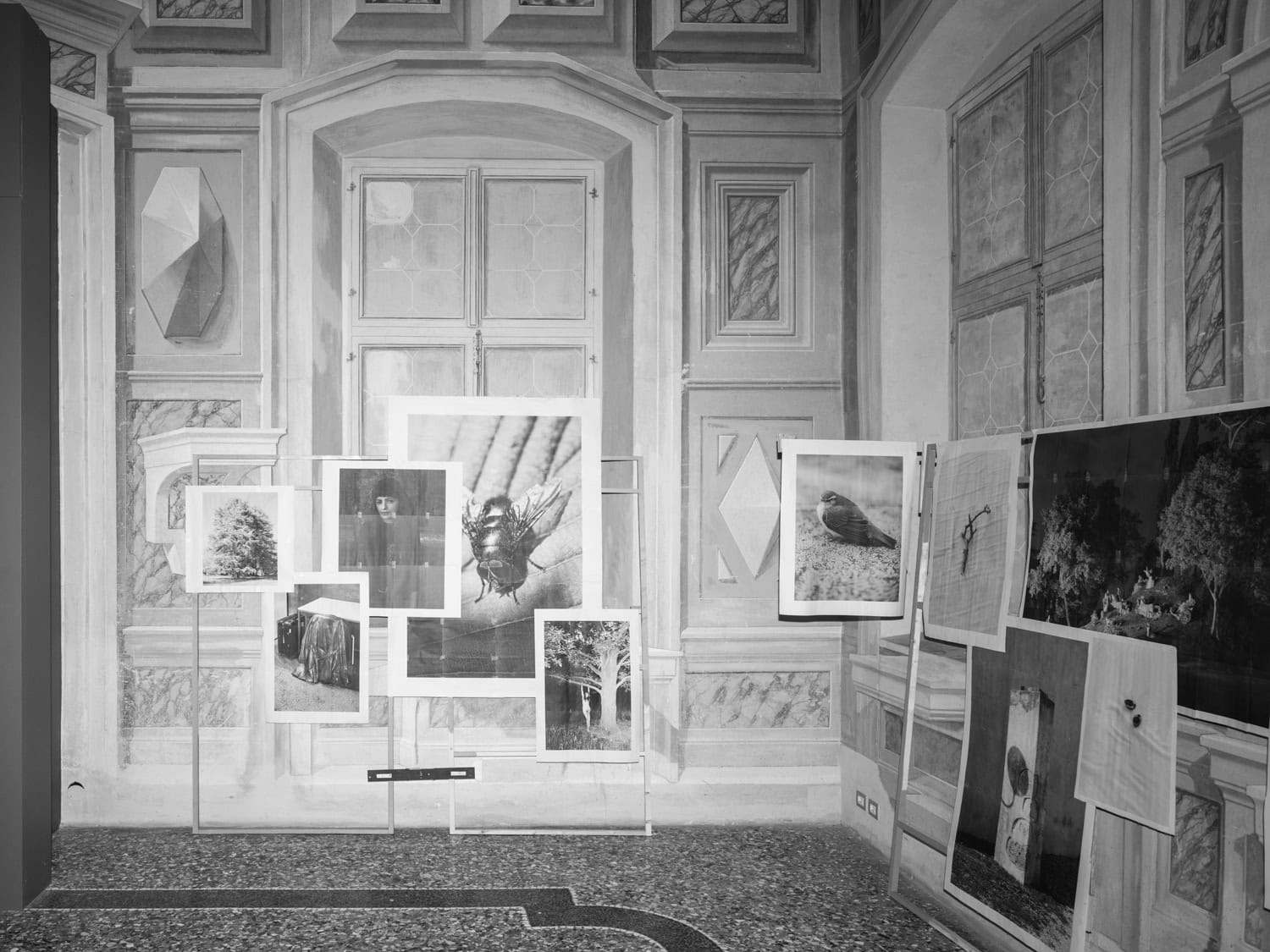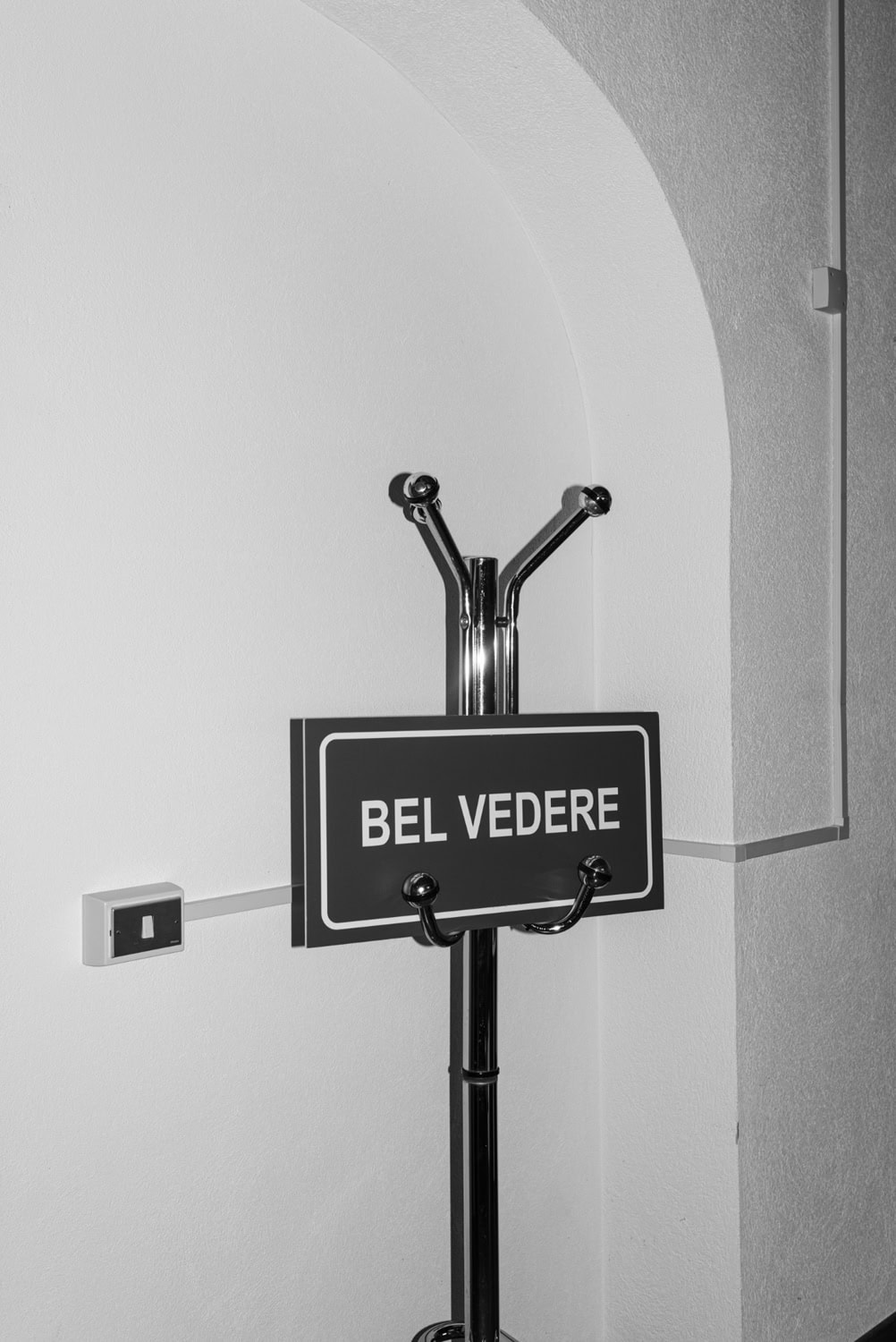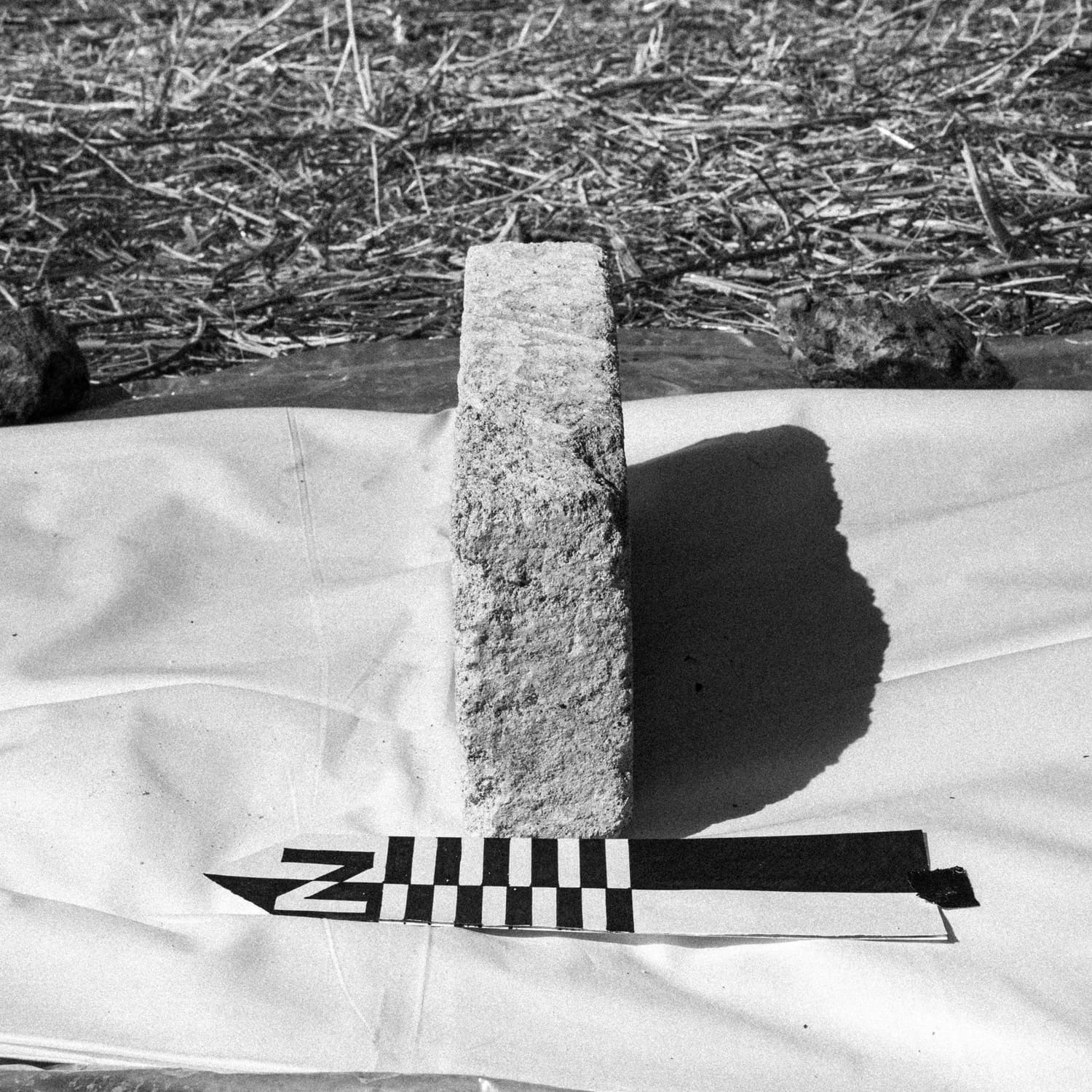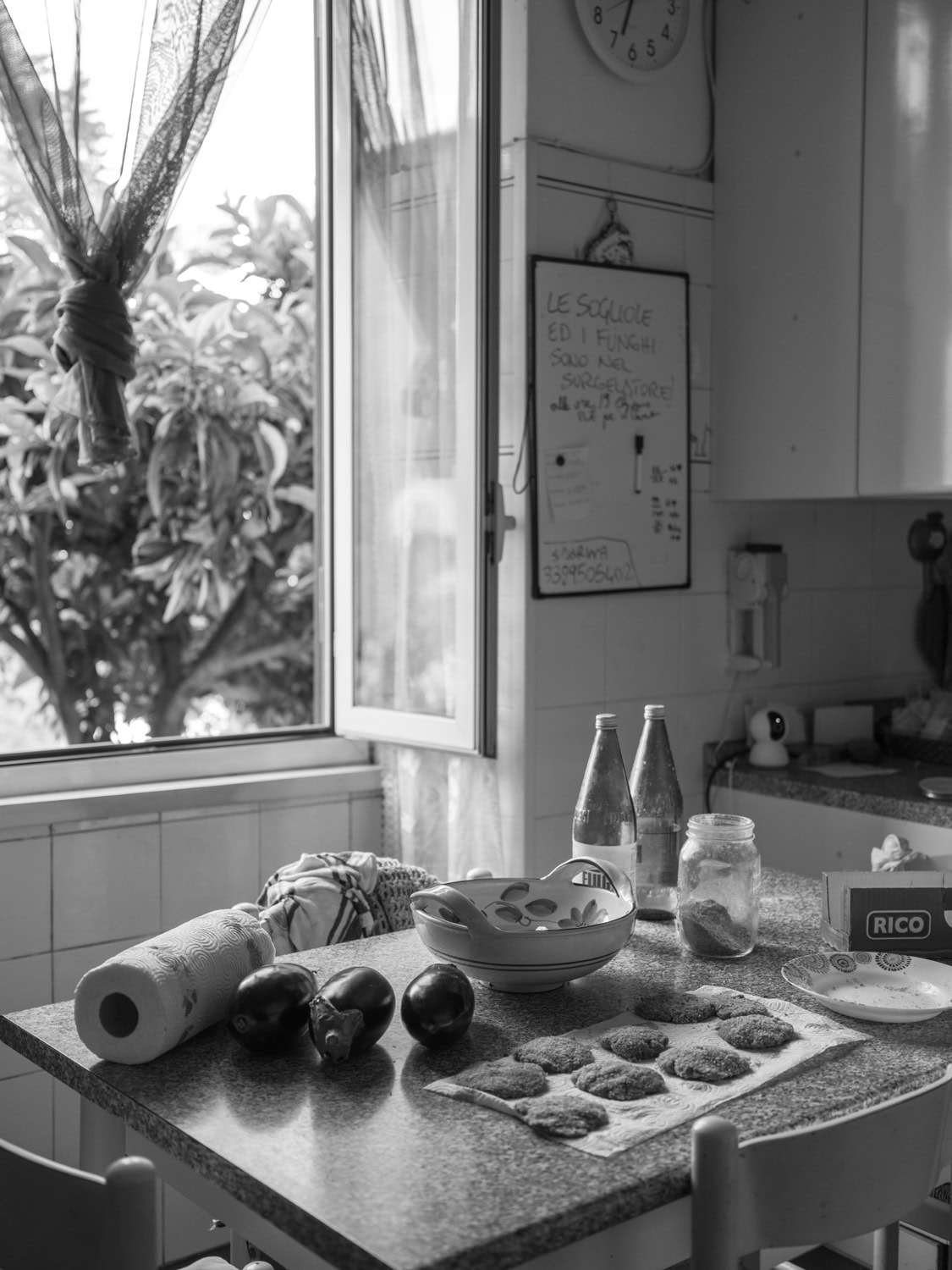To move is to lose balance. And to discover, while falling, what things look like.
This is the goal Goethe set himself as he left for his Italienische Reise (Italian Journey, “Viaggio in Italia”). Not the illusion of understanding a place, but the knowledge of himself in relation to that place.
Less than two centuries later, Luigi Ghirri embarked on a similar journey in the company of other photographers, guided by the unmistakable voice of Gianni Celati. The lands to be explored, this time, were familiar. The gaze is that of someone who, while knowing something, must strive to see it for the first time—stripping it of all that it has been. Removing all spectacularity, to return to some kind of “wholeness”.
“I felt the knowledge of everyday life, which goes nowhere, and hangs like a cloud over a cliff. That’s why travel immediately gets you drunk, you become addicted to the excitement of movement, then it seems that life has to go somewhere…” (G. Celati) To move, then, but to accept that stasis. And to observe what happens to the cloud above the cliff.
This second Viaggio in Italia, a pillar of contemporary photography, is followed by a third, which today opens the way to another possible view. It is the programme of the Master in Photography offered by the Iuav University of Venice—“Viaggio in Italia. Come to Italy with Me”—in which participants are accompanied in the search for their own point of view.
They are encouraged to look beyond what they know: to lose their centre in order to find a new one; to build new foundations. A geographical exploration that becomes metaphorical. Allowing each of them to structure a practice in relation to a real context—to a conceptual landscape in constant mutation.
What is the destination of this journey, if not Italy? I talk about this with Marta Tonelli, scientific director of the course, starting with the residencies of the previous itinerary:
Venice. Esercizi di Fotografia, Andrea Pertoldeo.
Venice. Taking a Line for a Walk, Marina Caneve.
Passariano (UD). Spettri, Jacopo Benassi and Saul Marcadent.
Rome. Roma Subalterna, Stefano Graziani and Emanuele De Donno.
Favara (AG) and Mazzarino (CL). Paradigma Naturale, Filippo Romano.
Selinunte (TP). A Future Ruin, José Pedro Cortes and Nicolò Stabile.
Robin Sara Stauder: What role can travel play in the formation of a photographer? What is the origin of authorship?
Marta Tonelli: Photography has long been connected to an idea of geography, to the desire and need to go towards something and to be in the landscape. The Master in Photography, starting from the conviction that education comes from experience, crosses different contexts and distant territories. Participants spend four months on the move, moving every fortnight, following a different itinerary for each edition of the course. The journey constitutes the first part of the training: starting from the places they shortly inhabit, it is an opportunity to work on a landscape that can be observed up close. Equally important is the internship, which aims to consolidate the practical and professional aspects. Regarding the complex question you ask about authorship, one possible answer is that this can arise from the continuous relationship between authors and fellow travellers. The group, which consists of a maximum of sixteen people, forms a context of permanent confrontation and growth. If “visual democracy exists”, if “everything can be photographed” (José Pedro Cortes), not everything needs to exist as an image: authorship identifies one’s own position vis-à-vis those who have gone before us and those around us.
RSS: The path seems to open with a deconstruction of the initial thought by means of speculative and anti-pragmatic practices (Taking a Line for a Walk), and closes with the definition of A Future Ruin, a possible metaphor for “how one’s own gaze will be looked at by others”. What happens in between? What aspects come into play along the way?
MT: After an introduction to the theories and techniques of photography by Francesco Paleari and Federico Covre, Venice hosts two opposites with workshops by Andrea Pertoldeo and Marina Caneve. Pertoldeo’s photography exercises are a series of actions to be carried out in a place, in a very precise and punctual way, in the wake of Guido Guidi’s legacy at the Iuav University of Venice. Caneve, on the other hand, requires participants to autonomously construct their own context of interest, within which to organise a visual discourse, working a lot on the structuring and presentation of an idea. These first two potentially antithetical experiences inaugurate the residency sequence, where the lecturers present an initial investigation theme, from which the students develop a personal project. Villa Manin with Jacopo Benassi and Saul Marcadent envisages a polyphonic collective path, where photography is understood as a permeable language in open dialogue with performance, sound and publishing. Stefano Graziani and Emanuele De Donno curate the residency Roma Subalterna, with the aim of investigating the utopia of drawing up a guide to the city, drawing on unpublished bibliographies, exo-editorial models, neighbourhood guides of the capital, adventure diaries. Filippo Romano’s Paradigma Naturale places nature at the centre of the narrative, articulating a taxonomy of stories in images, collected in the freest manner. The residencies, thanks to encounters with various authors and professionals working in the field, dwell with varying intensity on the authorial (Caneve, Cortes, Graziani, Pertoldeo, Romano), editorial (De Donno) and curatorial (Marcadent) aspects, through to the performance (Benassi). The workshops always take place as a dialogue with several voices, in collaboration with institutions and realities spread throughout the territory. Cortes’ workshop perhaps presents more explicitly than the others a reflection on time. Everything in the images immediately begins as a ruin, a (non-decisive) instant to which one never returns. A question recurs cyclically, how do we inscribe our time within the images? The answers are at times vague, suggesting processes of acceleration and slowing down, addition and subtraction, trial and error. The photographs will only survive if they are contaminated with our present, with visual elements of the time we all share.
RSS: How do you identify the reference points of your artistic practice? How can one begin to think of oneself as an artist?
MT: Paul Graham gave a wonderful talk to his Yale students in 2009, entitled “Photography is Easy, Photography is Difficult”. Graham talks about, among other things, freedom, how photographs may not immediately be part of a coherent and cohesive project, but how important it is to start. Maybe you start for bizarre reasons—because you think photography is an easy thing. I am a great believer in this position, which allows for the existence of a zone of doubt, a grey zone, in which to identify one’s own point of view. The Master’s participants conclude the course, after the journey and the internship, with an initial personal work in the form of a book. Several alumni have managed to find their place within an international professional context.
However, it is always interesting to think that there is no direct relationship between what an author wants to express and what the audience sees in it, the content is often relegated to the personal perspective of the observer. I don’t think there are any easy or quick recipes: what you can bring in is your own history, your own interests, something that crosses the opaque threshold of the here and now. The photographs we produce are documents of our time, some in the public domain, others more private. Today everything needs an explanation: perhaps the nature of photography still has a sense of mystery, a relationship not made of words, adopting another language.
RSS: Travelling always implies a relationship. Firstly with the territory, and secondly, almost without realising it, with the other. Why is the “You” fundamental in delineating the “I”?
MT: “Je est un autre”, “I am an other”, writes Rimbaud: the formula is paradoxical and would seem, at the same time, contradictory, because it identifies the subject, I, with its opposite, another, undefined, extraneous. “Viaggio in Italia. Come to Italy with Me” is inevitably also a journey through one’s own image, the one each of us has of oneself. The encounter with something or someone other than ourselves can allow “a kind of projection outwards of the lines and traits that, separated, I carried and always carry within me, like a kind of tangled skein” (Ėjzenštejn). We can speak of identification and separation, that is, of a process by which we perceive the peculiarities of reality as assimilated and at the same time it seems to mould itself on us, like lines and traits in consonance. We live using all layers simultaneously—the layers of the mind and the layers of experience. As we move through the world, we experience space, whereas photography is flat: we can think of photography as something that is extremely tied to our perception, without any category. As Lewis Baltz said in an interview he gave to himself at the age of 27, a photograph—a print—is a flat figure with five sides: the four edges and the surface, i.e. the area where we see the content of the photograph. As logical as this sentence seems to be, it has a very strong revelatory impact: we need to experience it, to see it. We cannot photograph what we do not see, but we can observe anything or anyone at any time, without looking for a particular instant, these are all equally important.
RSS: We live in a time when everything is communication. Why must a photographer today also be a publisher and curator of himself?
MT: The Master’s course constitutes and constantly feeds a great system of relationships: a universe of professionals and authors who think, produce and promote projects in Italy and abroad orbits there. I think this reality is animated by delicate dynamics, which it is important to try to identify from the outset. While the main aim is (also) to make students acquire specific knowledge, which changes every year, each workshop is developed in the field as an artist residency, which includes an exhibition and a collective publication as the final moment. This is a small prototype. A photographer should be aware of all the decisions that need to be taken to finalise a project, and the stakeholders to be involved in the process.
RSS: What is, in the end, the real destination of this journey?
MT: Until now, through the Master’s workshops, it has been difficult to express photographic positions that could last beyond the —always very limited—period in which things happen. I think it is very valuable to be able to stop some of the ideas on paper: the Central Institute for Catalogue and Documentation of the Ministry of Culture—which has been collaborating with the Master since 2020 – has renewed its support by supporting a shared publishing project that will be edited by Viaindustriae Publishing and a+mbookstore and published over the next year in the form of three first issues accompanied by a zero issue as the manifesto of the project. I am not sure if this is the final destination of the journey, but it is certainly a strategy to identify a form of permanence of things.
